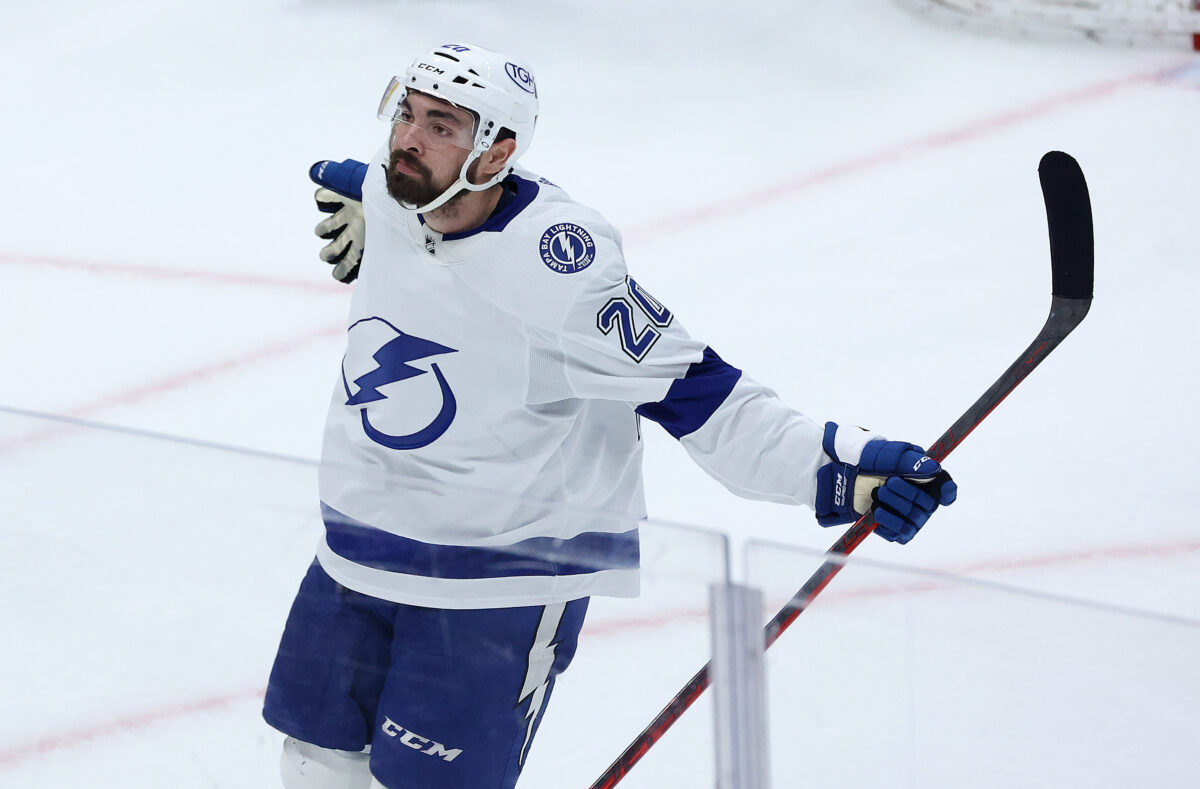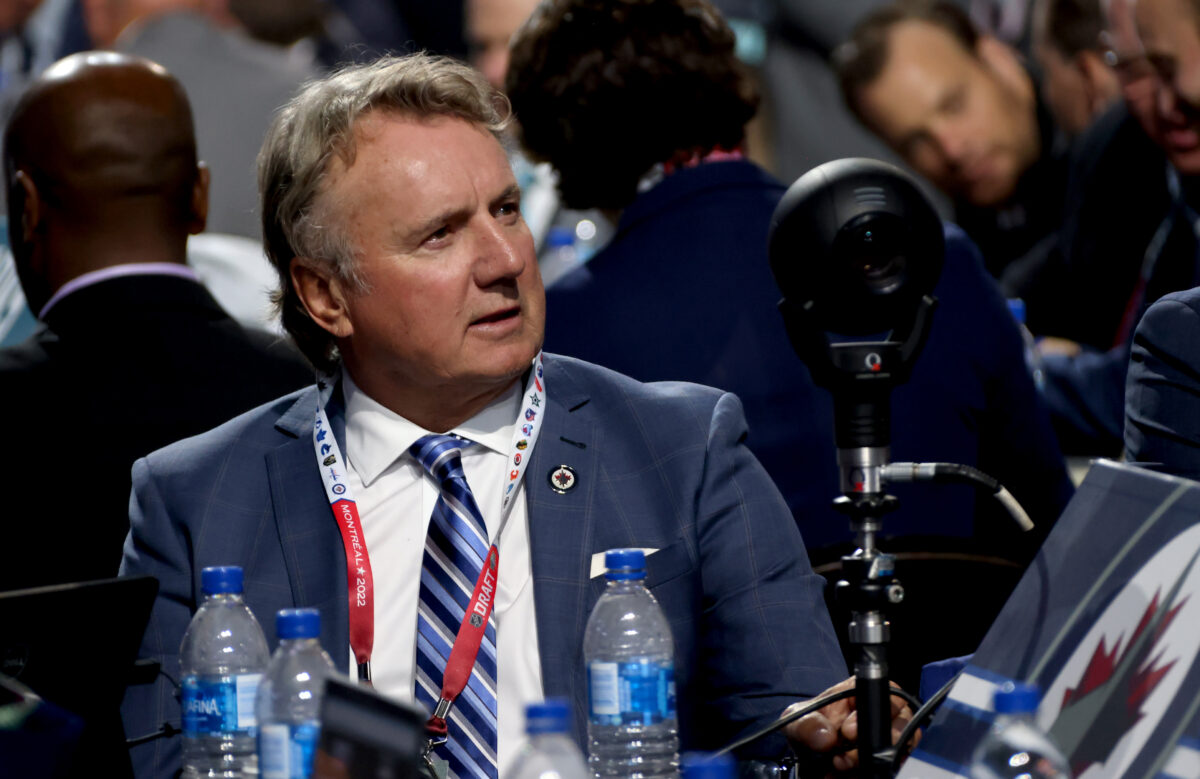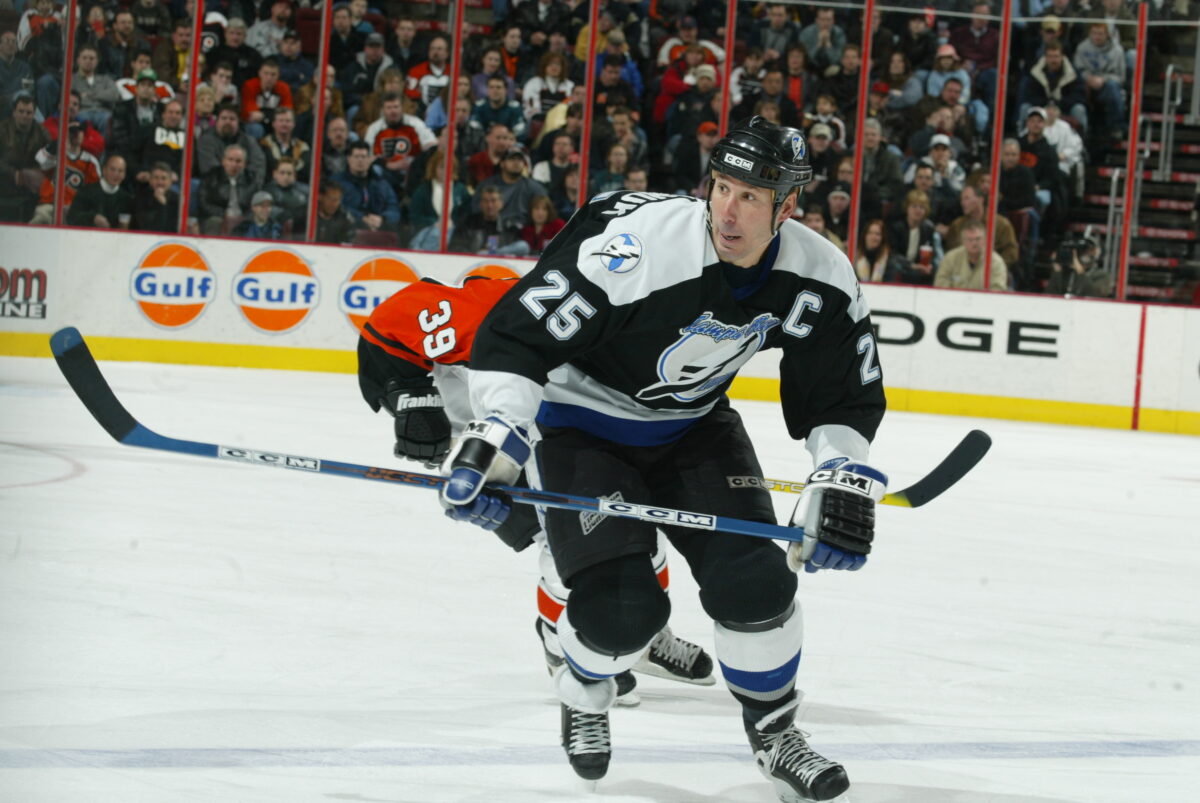Starting with the San Jose Sharks in 1991, the NHL awarded franchises to seven cities during the 1990s. Among the first, were the Tampa Bay Lightning and the Ottawa Senators, who both came into the league during the 1992-93 season.
As expansion teams, the road to success and financial stability would take many seasons. Over the years, the Lightning have enjoyed more success than the Senators, but both teams struggled in their early years. Let’s take a look at the two franchises.
Tampa and Ottawa: A Tale of Two Cities
Sitting 1,500 miles apart, the two cities couldn’t be more different. The capital city of Ottawa became the last Canadian city to be granted an NHL team (not counting the relocation of the Atlanta Thrashers to Winnipeg). The city and their fans had been without a team since the original Ottawa Senators folded in 1934. Tampa on the other hand would be the first hockey team in the State of Florida (the Florida Panthers would follow the next year). At the time, residents of Tampa were more concerned with securing a Major League Baseball team, which they finally did in 1998, than an ice hockey team. Native Floridians didn’t know a Zamboni from an ice cream truck.
In the middle of January, the hardy residents of Ottawa embrace 22-degree weather and love their hockey. After all, it’s the national pastime of Canada. In Tampa, however, residents and tourists enjoy 71-degree weather and can even brave the Gulf waters if they are so inclined.
The Senators rule the sports world in Ottawa, with only the Canadian Football League’s Ottawa Redblacks as their only true competition. In contrast, the Lightning compete with the NFL’s Tampa Bay Buccaneers and the MLB’s Tampa Bay Rays. Even with the additional geographic competition, the Lightning have been more profitable and were valued at $650 million last year, while the Senators were valued at $525 million (in U.S. dollars) (from ‘The Business Of Hockey,’ Forbes, 2021 List). However, things were a little different in 1992.

The then-hefty price tag to secure an expansion team in the early 1990s was $50 million. Real estate developer Bruce Firestone bought the Senators, while NHL legend Phil Esposito along with the financial backing of Kokusai Green – a golf course and resort operator – bought the Lightning. The two men were among the few bidders who were willing to pay the expansion fee upfront to secure their respective teams.
Related: Revisiting Lightning’s First Game 30 Years Ago
The league placed the Lightning in the Norris Division of the Clarence Campbell Conference and the Senators went to the Adams Division of the Prince of Wales Conference. That season was the last year that the NHL retained those conference and division monikers. The following season, they were renamed to reflect the teams’ geographic designations, as they both joined the Eastern Conference, with the Lightning competing in the Atlantic Division and the Senators in the Northeast Division. After further adjustments, the NHL finally created the Metropolitan Division in 2013 and moved the Senators to the Atlantic Division, where they joined the Lightning.
Senators Struggle Early Then Find Success
In their inaugural season, the Senators averaged 10,485 fans at the Ottawa Civic Centre. They won their first game over the Montreal Canadiens but finished the season with only 24 points. Then-head coach Rick Bowness stated:
“We beat ourselves up. Everyone wants to win. We went into games and we’d be sitting there [the coaches], and we’re kind of looking at the other team’s roster [thinking] ‘I hope they don’t bring their ‘A’ game tonight.’ That was our only chance. If the other team brought their ‘A’ game, we were in big trouble. That was our motto: Hope they don’t bring their ‘A’ game.”

They were so awful in those early years, winning only 51 games in four seasons, that the team offered their season ticket holders a refund if they didn’t like the team’s performance during the 1996-97 preseason and home opener. That year, new head coach Jacques Martin and the Senators proved that they were a much better team and began an 11-year playoff run. Even with some playoff success, it was never financially stable and filed for bankruptcy on Jan. 9, 2003.
Businessman and philanthropist Eugene Melnyk then bought the team and their arena in August of 2003, saving the franchise from going under. Over the years, he was often at odds with the fans and threatened to move the team. Even so, in 2007 the Senators made it to the Stanley Cup Final with the help of Daniel Alfredsson’s 14 goals (four being game-winners), where they eventually lost to the Anaheim Ducks in five games. Since then, they reached the Conference Finals in 2017 but haven’t been back to the postseason for the past five years.
Early Struggles for Lightning Before Winning Three Cups
The Lightning had an encouraging inaugural season, amassing 51 points. It only took them three seasons to make the playoffs, where they lost to the Philadelphia Flyers in the first round. Then in 2003-04, the John Tortorella-led Bolts took the Calgary Flames to seven games in the Stanley Cup Final and won 2-1 with Ruslan Fedotenko scoring both goals.

The Lightning couldn’t gain momentum or capitalize on their championship with the NHL lockout canceling the entire 2004-05 season. From there, the team was in and out of the playoffs and had a stretch of terrible seasons from 2007- 2010 that decimated their fan base and led to rumors of relocation. New owner Jeff Vinik came to the rescue and bought the financially strapped team in February of 2010. Three years later, Jon Cooper took over as head coach and the team’s fortunes, on and off the ice, took off.
Lightning and Senators Have Talented Rosters
Over 30 years of play, the Lightning are 48-51-2-8 versus the Senators. Recently, the Lightning have been the better team, winning three of their four games against them last season on their way to 110 points. The Senators, on the other hand, finished with 73 points, placing seventh in the division.
With the passing of Melnyk in March, the Senators face an uncertain future. However, general manager Pierre Dorion has put together a talented team who should be much improved this season. Former Chicago Blackhawks’ forward Alex DeBrincat joins an offense that includes 23-year-old Josh Norris and star forward Tim Stützle, both of whom were recently given eight-year contract extensions. The Senators thought they solved their goalie issues when they brought in veteran Cam Talbot, but now that he is out 5-7 weeks, the goaltending duties will fall to Anton Forsberg to start the season.
The Lightning, who have won two Stanley Cups with the majority of the team’s current core players intact, hope to extend their playoff run and make it to their fourth consecutive Cup Final. The NHL Power Rankings have them ranked second entering the season and they should make a deep run in the playoffs (and perhaps win their fourth Cup). Although Ottawa hasn’t been as successful, the upcoming season looks promising. However, no matter what the record indicates at the end of the season, both Tampa and Ottawa are winners for sustaining an NHL franchise for the last 30 years.